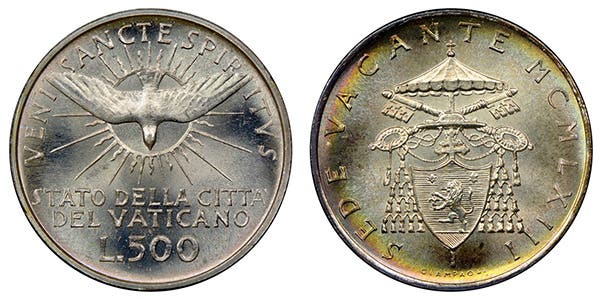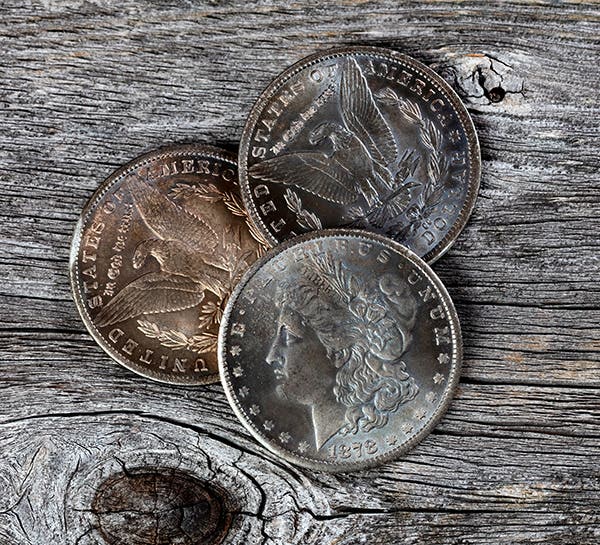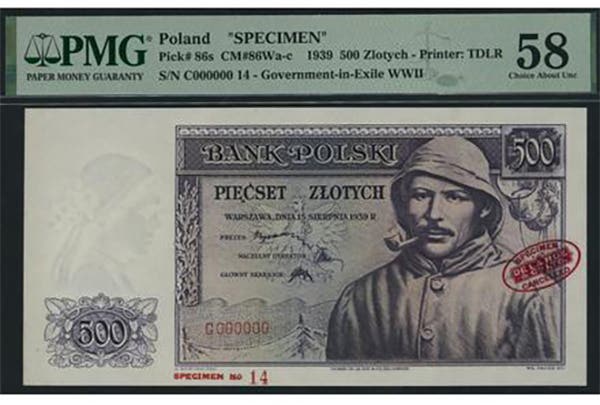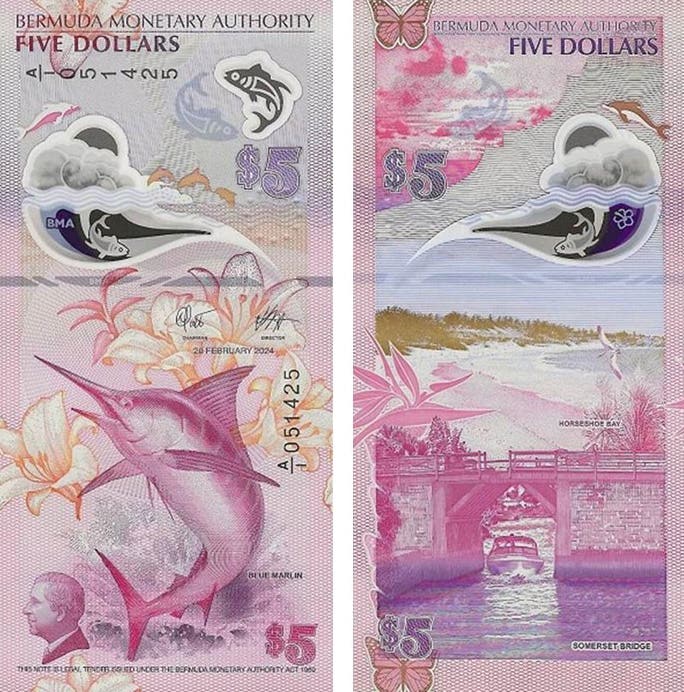Review of Paper Money Guide Book
I’ll confess at the outset that I’m not a collector of paper money, although I’ve spent a good bit of it in my adult life. About the oddest paper money…
I'll confess at the outset that I'm not a collector of paper money, although I've spent a good bit of it in my adult life. About the oddest paper money I've used was the $2 bill. In fact, for years I've asked bank tellers for $2 bills and have spent them whenever I had the opportunity.
Occasionally, one I've tendered has gotten an unusual response from the recipient. For example, when buying some frozen yogurt years ago, I handed one to a young woman who gave me a strange look. "I'm not sure I can take this," she said, holding the bill as though it were a live eel. My response should have been, "If you think it's counterfeit, call the police!" Instead, I gave her a couple of ones.
I have sold paper money on eBay, primarily bills I got from a large dealer who sent me the remains of binders of coins and banknotes at a good price. When I got through selling the coins, I decided to list the paper money to see what it would bring.
Generally, the paper money sales exceeded my expectations, which were admittedly very low. Going through the 6th edition of Whitman's A Guide Book of United States Paper Money, I can begin to see what the fuss over paper money is all about. After all, virtually any 19th century banknote is more attractive than the average coin featuring the same central motif. If you think that the Indian on the Buffalo nickel is strikingly attractive, take a gander at the $5 "Indian Chief Note” featuring the chief colloquially known as Running Antelope. Of course, the Chief has a much larger canvas than the fellow on the nickel. It's that larger canvas that makes the images on banknotes so striking.
The authors of this guide book are a pair of brothers, Arthur and Ira Friedberg, who have been in the numismatic business for more than 30 years. Both joined the family business (Coin & Currency) after finishing college. Among other activities, Arthur and Ira have stayed busy co-authoring such popular works as Gold Coins of the World, Paper Money of the United States, and Appraising and Selling Your Coins.
With their professional activities have come many awards. For example, in 1993 the Friedbergs received the Prix d'Honneur of IAPN (International Association of Professional Numismatists, which their firm helped found) for Gold Coins of the World. From the ANA, they received the Medal of Merit for "distinguished service to the hobby."
The guide book has a fairly lengthy introduction penned by David Ganz, an attorney and former president of the ANA (1993-1995). Ganz is the author of more than 14 books and thousands of numismatic articles in the past half century.
He begins the Introduction by talking about the $2 bill, a banknote dear to my heart as you may have gathered from my introduction. He notes that the denomination fell into disuse because of low demand in the mid-1960s, only to be resurrected a few years later as a money-saving device. According to Ganz, the director of the Bureau of Engraving and Printing (BEP) expressed to him that he believed ". . . millions would be saved each year by a reduction of the number of $1 bills and substitution of the deuces for them."
And so it came to pass that a new $2 bill was issued in 1976 with a Bicentennial theme on its reverse. Has the new bill saved tons of money by reducing the demand for the $1 bill? Ganz doesn't finish the story in his Introduction, but from my experience, the answer is a resounding "no." Most people don't think they're still being made, don't know that you can usually get them at your bank, and are startled to see one. They often say they'll keep the one I've handed them.
As you would expect, Ganz includes a brief section on grading U.S. currency. There are text descriptions only, however. Perhaps a future edition might include a brief pictorial grading guide.
Ganz closes the introduction with a listing of the types of U.S. currency. He starts with the rarest issues of Interest Bearing Notes issued because of financial emergencies brought about by the Civil War and ends with our present day Federal Reserve Notes.
As you'll find in guide books of U.S. coins, the banknotes are listed by denomination, beginning with the $1 note all the way to the unimaginable $10,000 notes (unimaginable to me, at any rate). Beyond the $10,000 notes, there are brief "chapters" that examine Fractional Currency, Treasury Notes of the War of 1812, Encased Postage Stamps, and Error Notes. I put "chapters" in quotes because the book has no actual chapters.
After Error Notes, the paper money guide contains four appendices, the last of which looks at "The Future of Women on U.S. Currency." Given the changing political and cultural climates, it's difficult to know when, or if, women will have a future on our currency.
Thumbing through the pages of this book, I was struck by the number and variety of rare and super-rare banknotes available (or not available) to collectors. These rarities are not confined to the large-size bills, as many small-size notes, beginning in 1929, fall into this category.
For example, in the $2 bill "chapter," Friedberg 1503[star] note, series 1928-B, with signatures of Woods and Mills, is worth $20,000 in VF-20, with V[very] rare under the Unc-63 grade. The banknote illustrating the type, series of 1928 to 1928-G, Red Seal, looks very ordinary to my untrained eye, and I know I've seen $2 bills of this general type. Did they fit the other requirement? Almost certainly not.
Talking about rarity, in the $50 "chapter," I came across a listing of National Gold Bank Notes spanning the early 1870s. These are all designated either F-1160 or F-1161, and nine are listed. None is valued, one is listed as 5 known, two are unique, and the remaining six are unknown! The type is striking, by the way, because on the back is "A montage of contemporary gold coins."
And then there are the $1,000 Treasury or Coin Notes, Series of 1890. These are popularly known as the "Grand Watermelon" notes because of the shape of the zeroes on the back of the bills. The only value listed is for one that sold in a 2018 Stack's Bowers auction for $2,040,000!
Of course, there are many banknotes that are both attractive and inexpensive, and these are undoubtedly the ones that account for all the U.S. paper money collectors around. If you're one of those and don't already have this book, a paperback version with a list price of $24.95 is available from online booksellers such as Amazon.com. I checked the publisher (whitman.com) and found that the book was out of stock, which perhaps tells us about the demand for this item.








